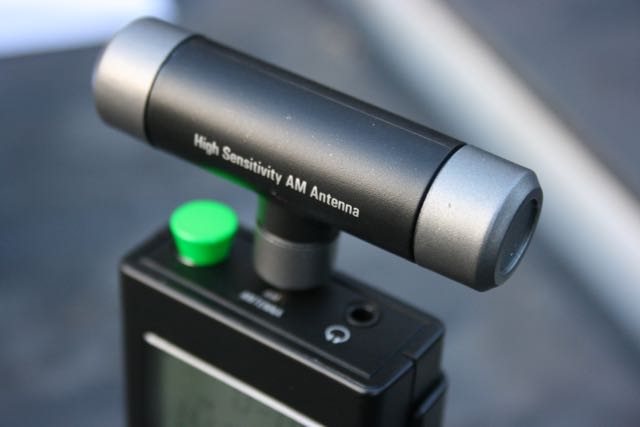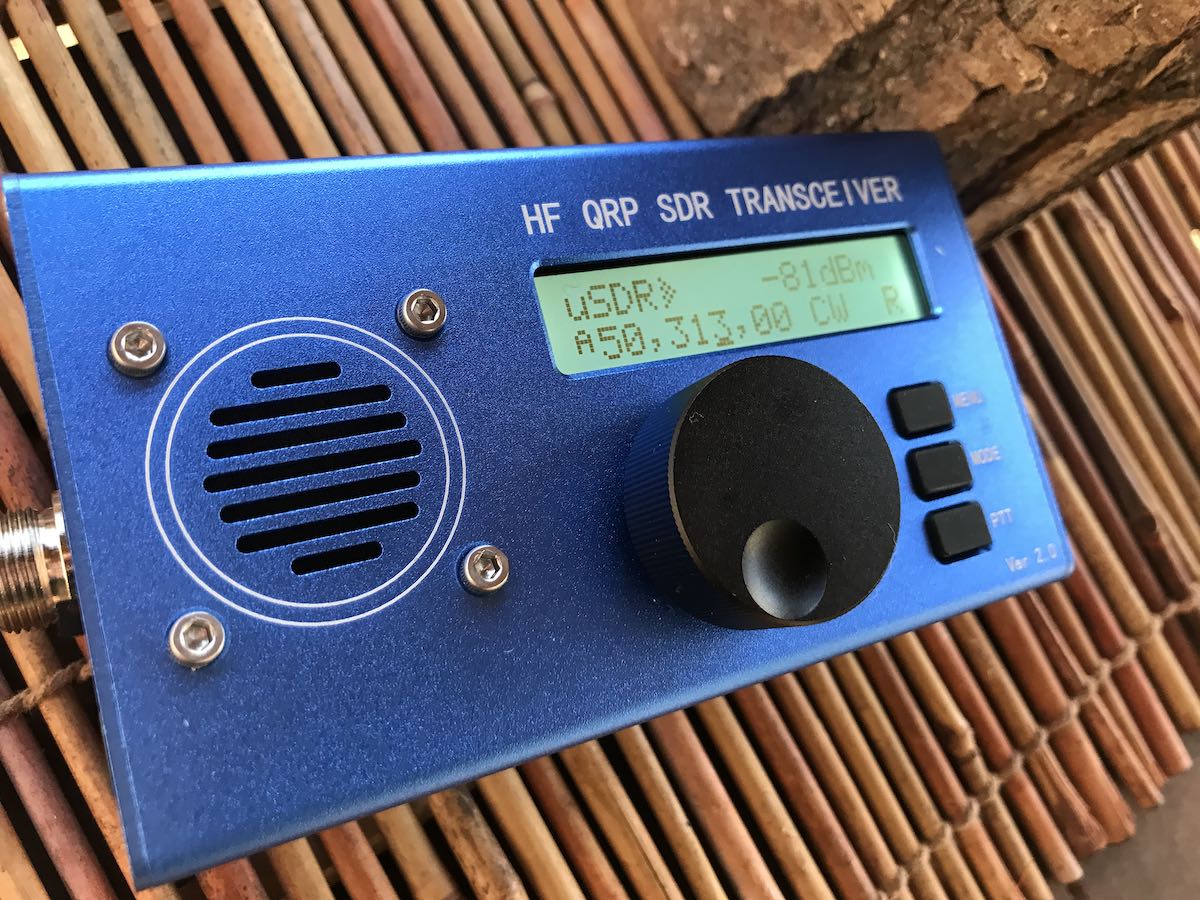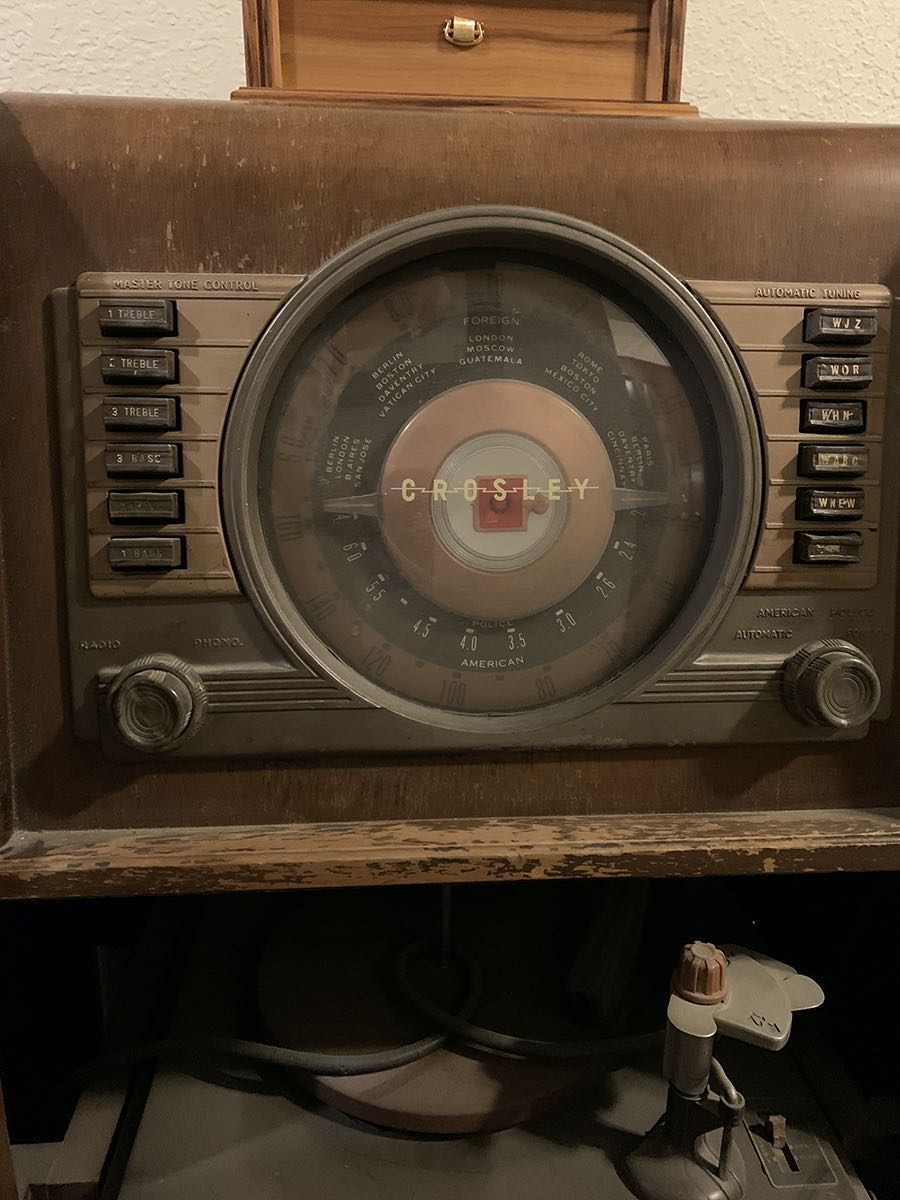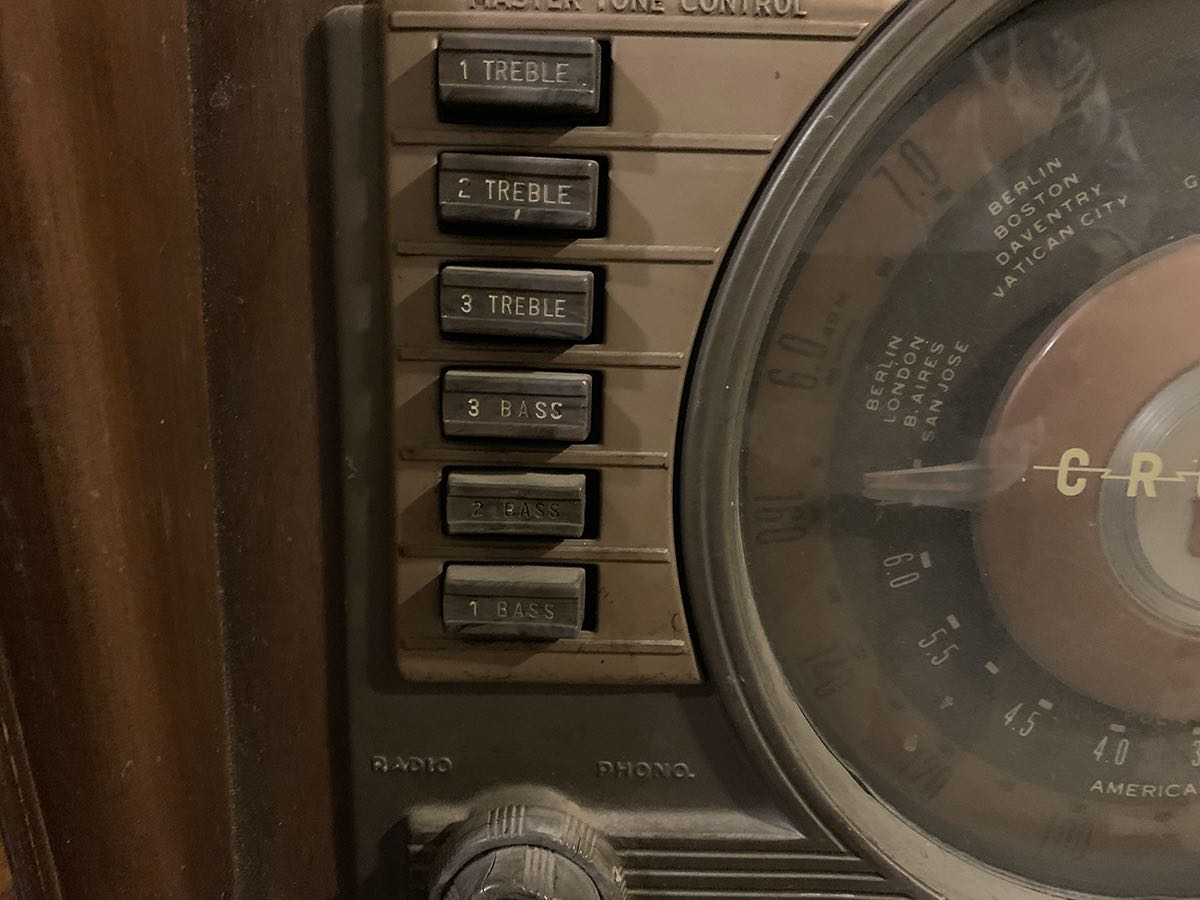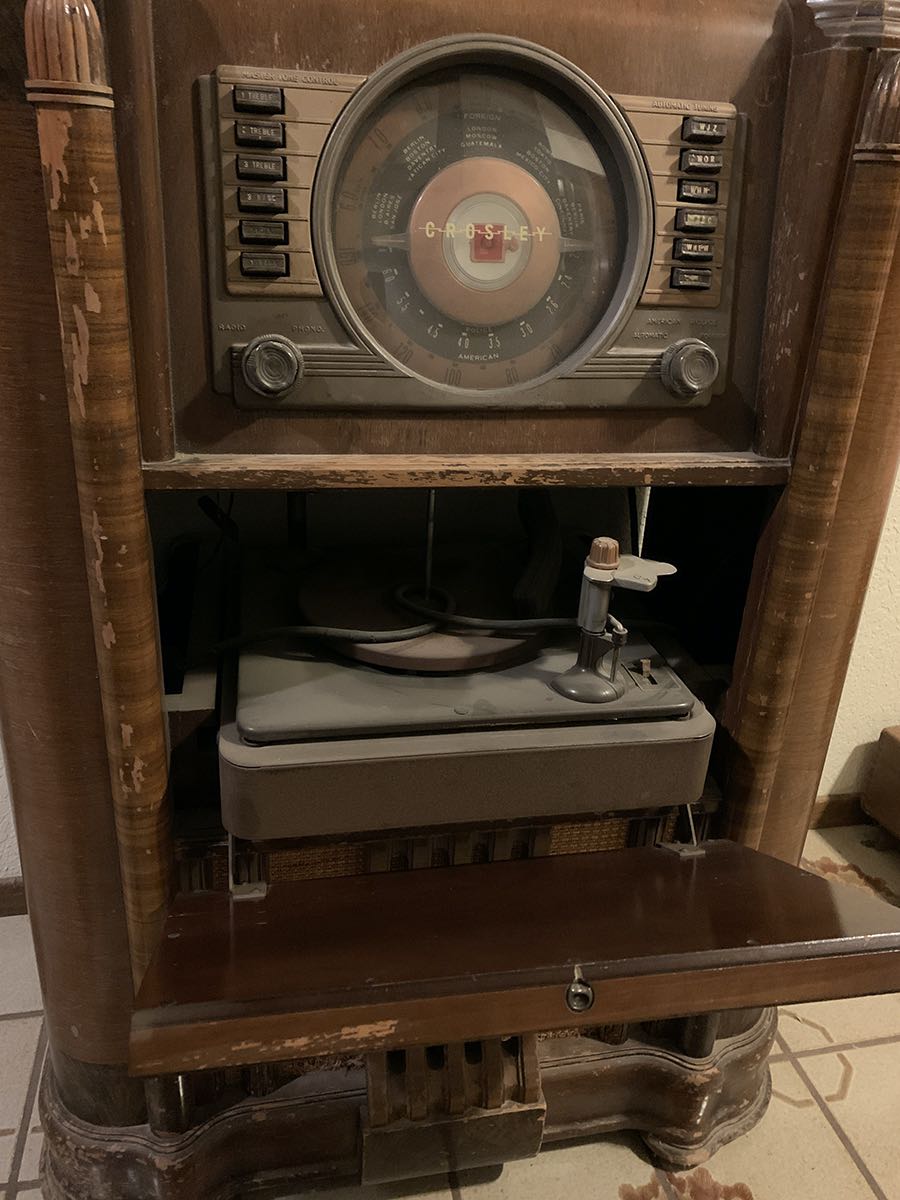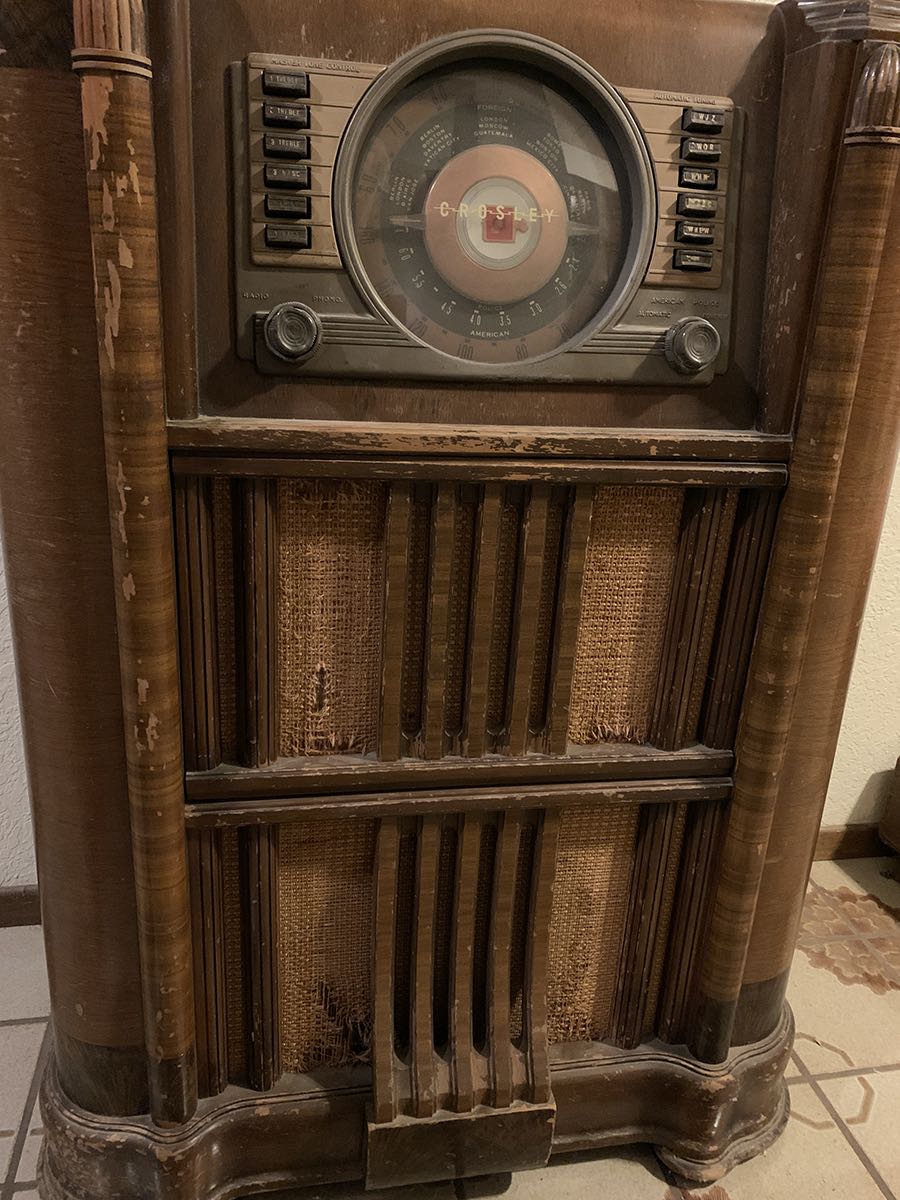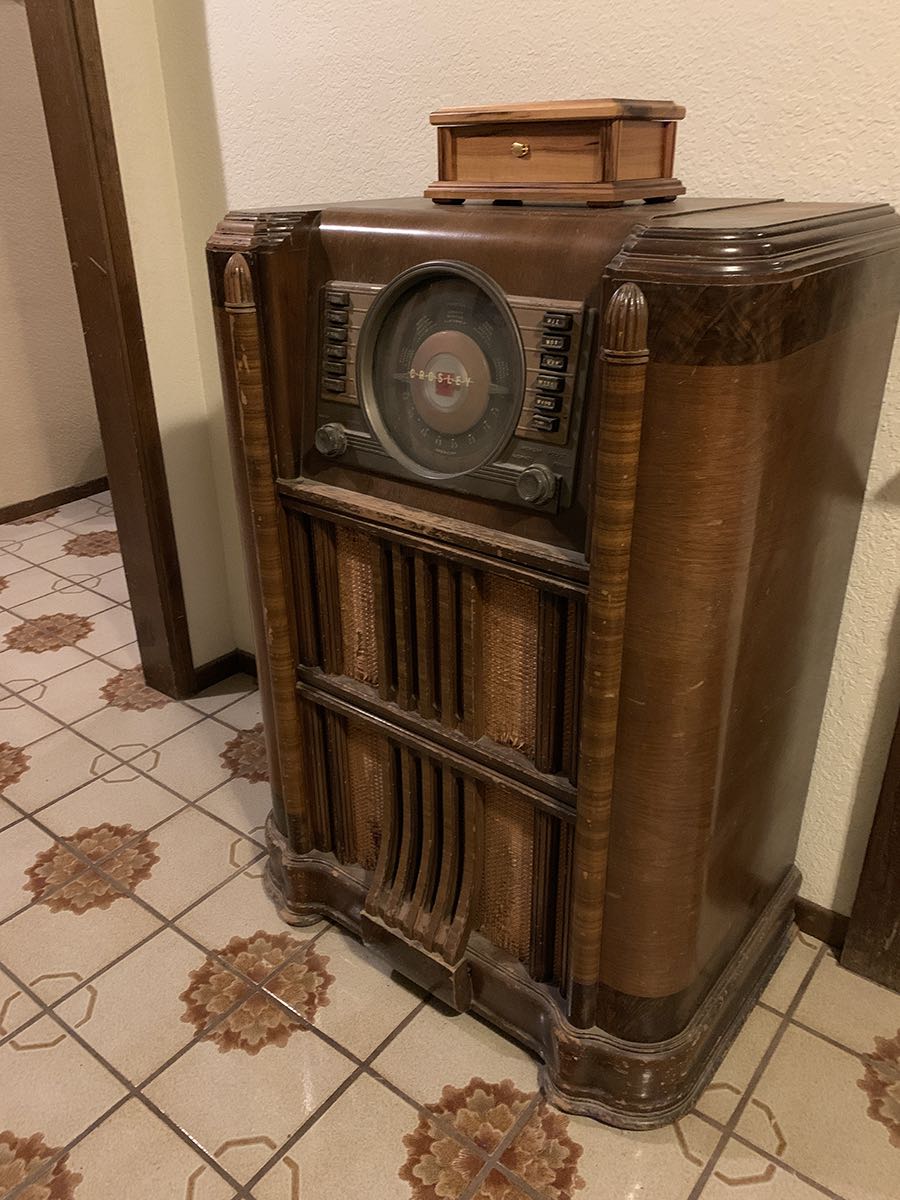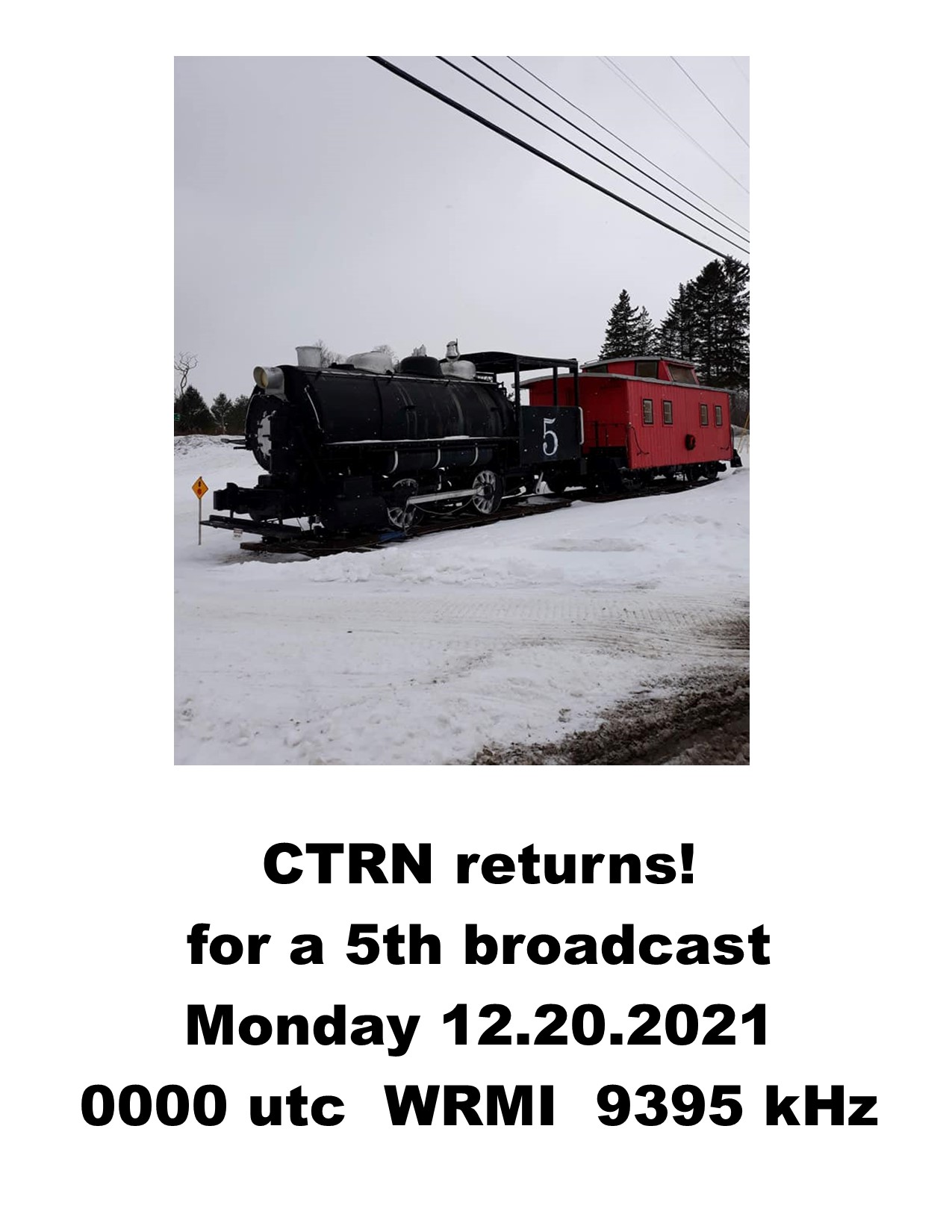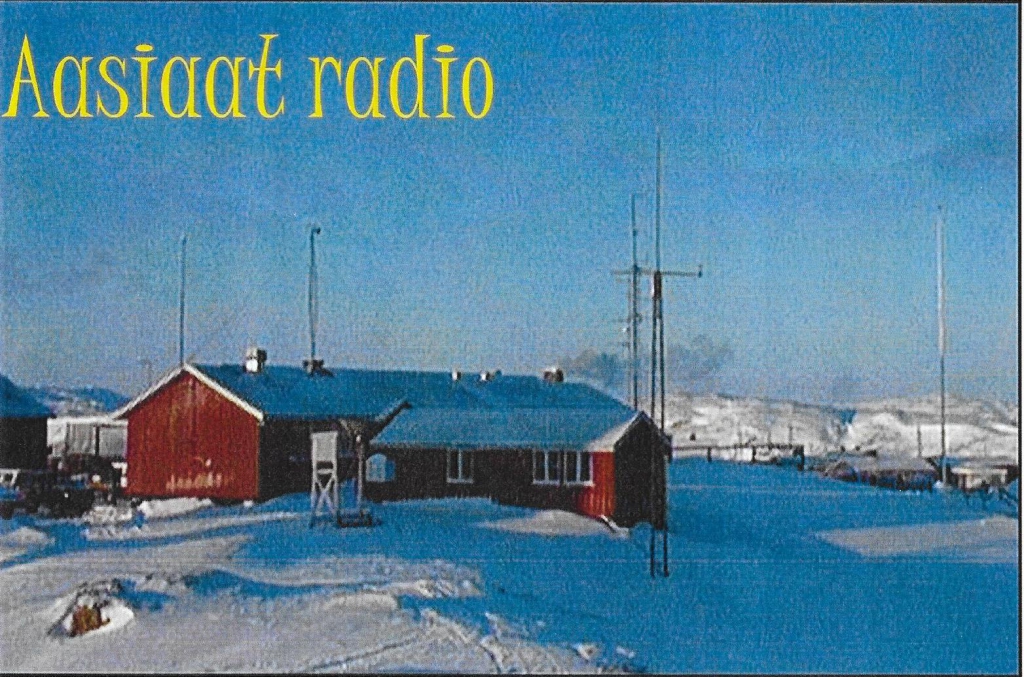 Many thanks to SWLing Post contributor, Don Moore–author of Following Ghosts in Northern Peru–for the following guest post:
Many thanks to SWLing Post contributor, Don Moore–author of Following Ghosts in Northern Peru–for the following guest post:
Monitoring the MF Marine Bands
By Don Moore
For me, DXing has always been about the challenge of receiving difficult-to-hear radio stations, regardless of the type of station or frequency range. In my five decades in the radio hobby I’ve logged a lot of different kinds of stations – shortwave broadcast, medium wave, shortwave utility, longwave beacons, etc. But some of my favorite catches have been in the upper end of the medium frequency range.
Technically speaking, medium frequency (MF) is the range from 300 to 3000 kHz and includes the standard medium wave (AM) broadcast band. The upper end of the MF band, from 1600 to 3000 kHz (except for a small portion reserved for amateur radio), has always been assigned to various types of utility uses including broadcasts and other voice communications from regional maritime stations. And while digital modes and satellites have done a lot to change the nature of communication with ships at sea, there is still a lot of good human-voice DX to be heard.
Several dozen stations, mostly in Europe and North America, broadcast regularly scheduled marine information broadcasts in the MF range. These broadcasts are usually between five to ten minutes in length and include weather forecasts, navigational warnings, and other notices to keep ships at sea safe. On occasion it’s possible to hear two-way voice communication here between ships and shore stations, although that’s much less common today.
The Equipment
Nothing special is needed to DX the marine MF band other than a receiver that covers the frequency range and can receive USB mode (which all these broadcasts are in). However, for reasons explained below, I highly recommend using an SDR to make spectrum recordings of the entire band to go through later. Continue reading

